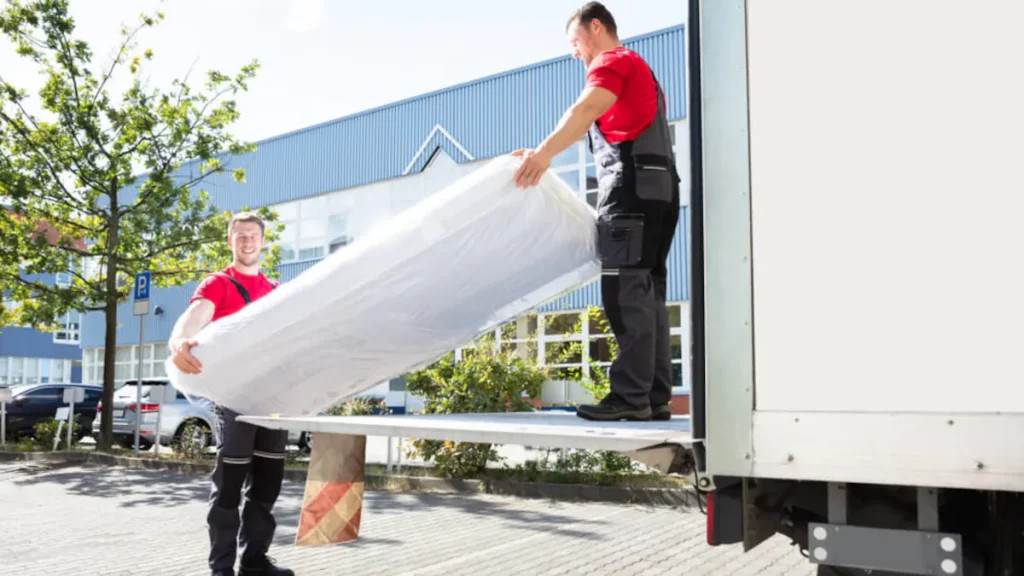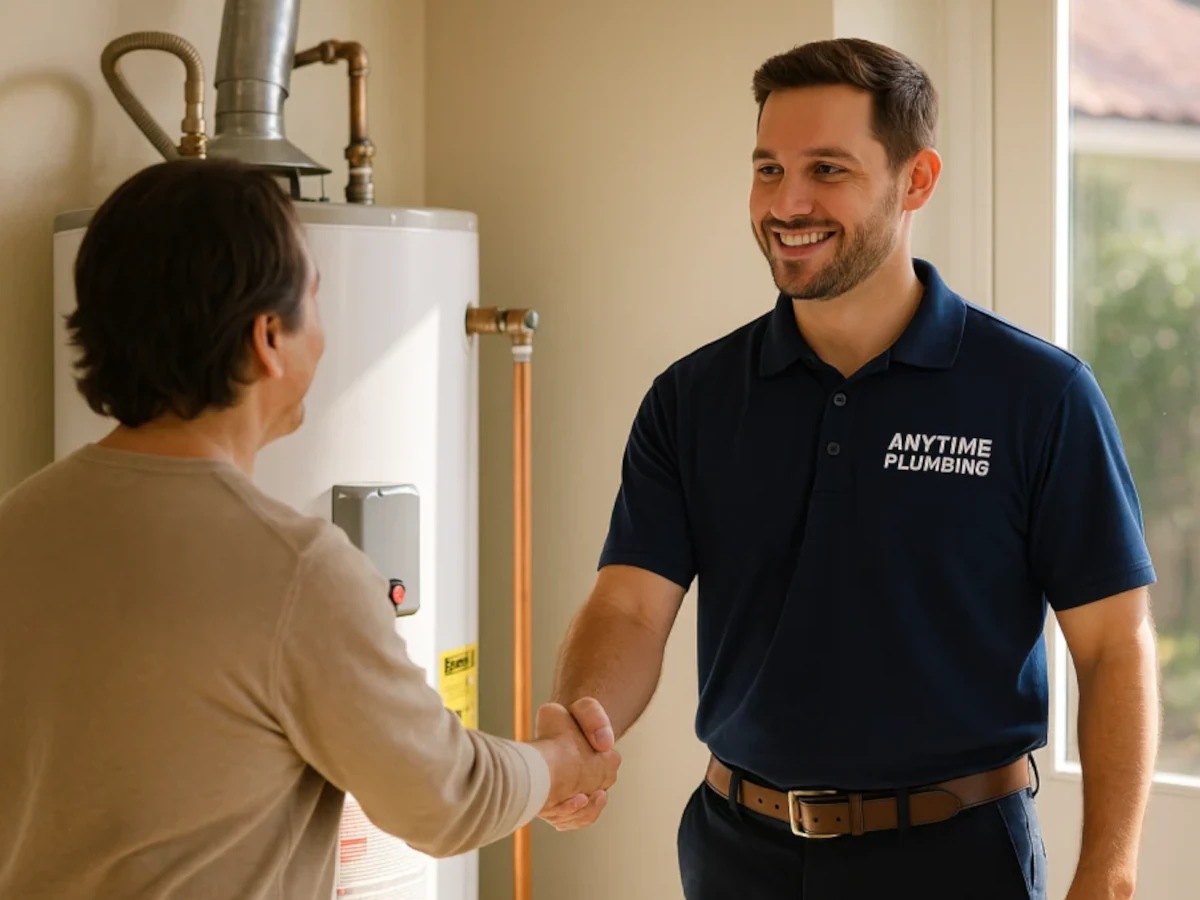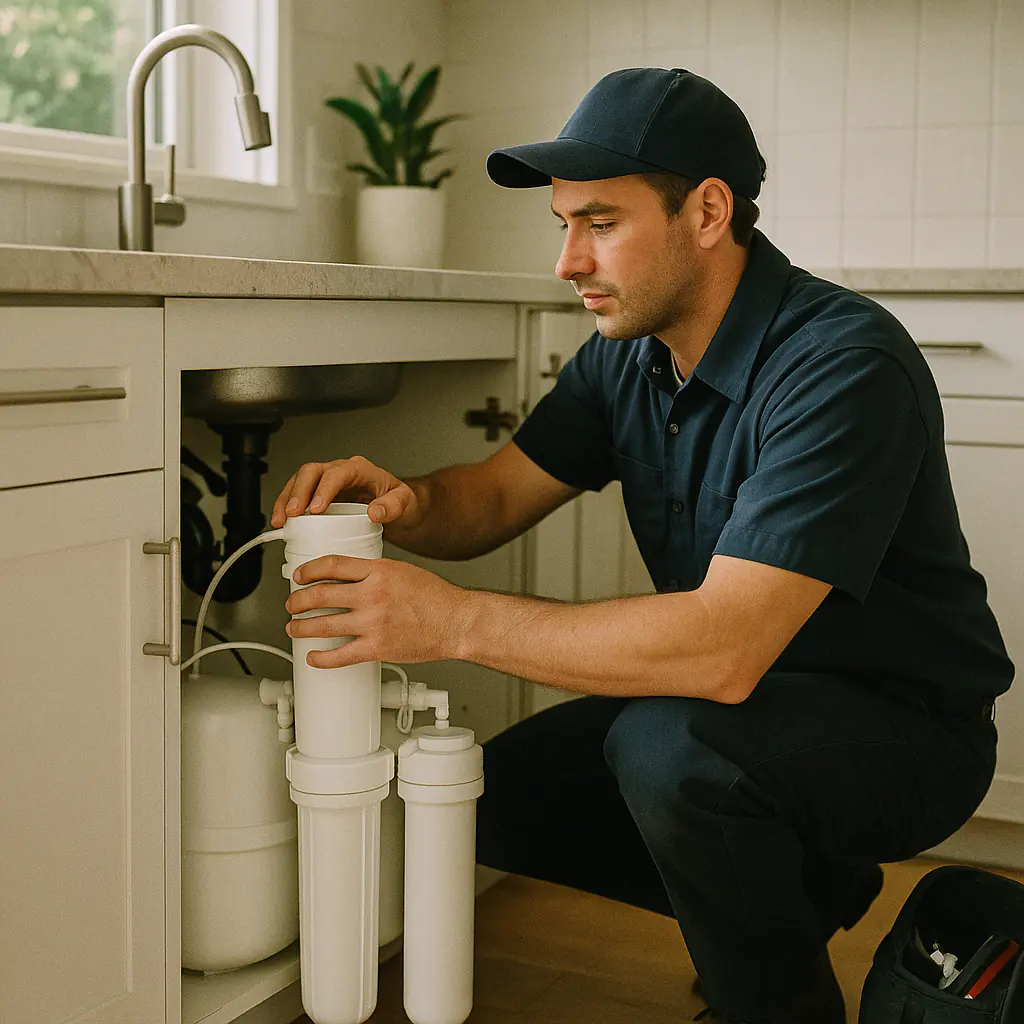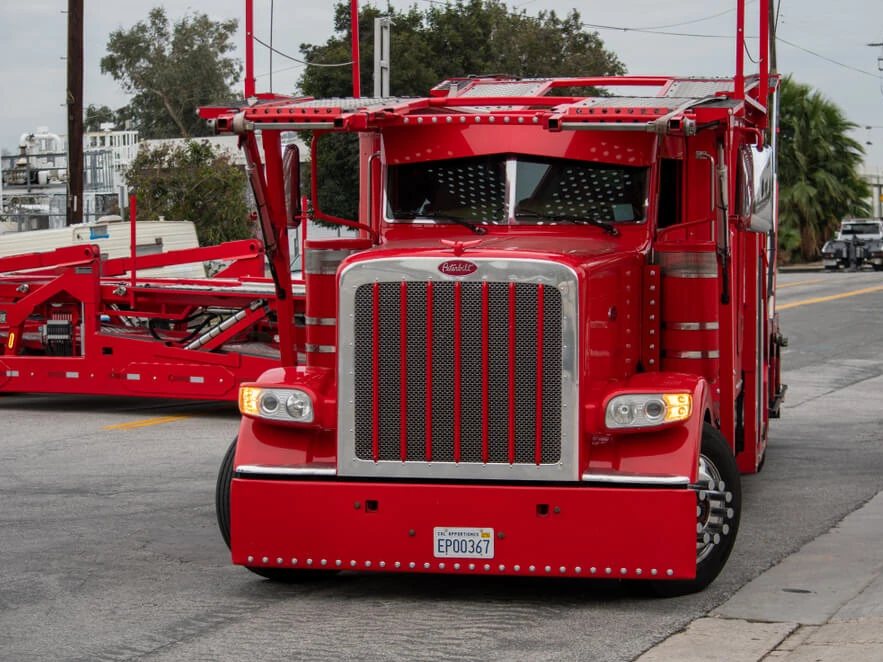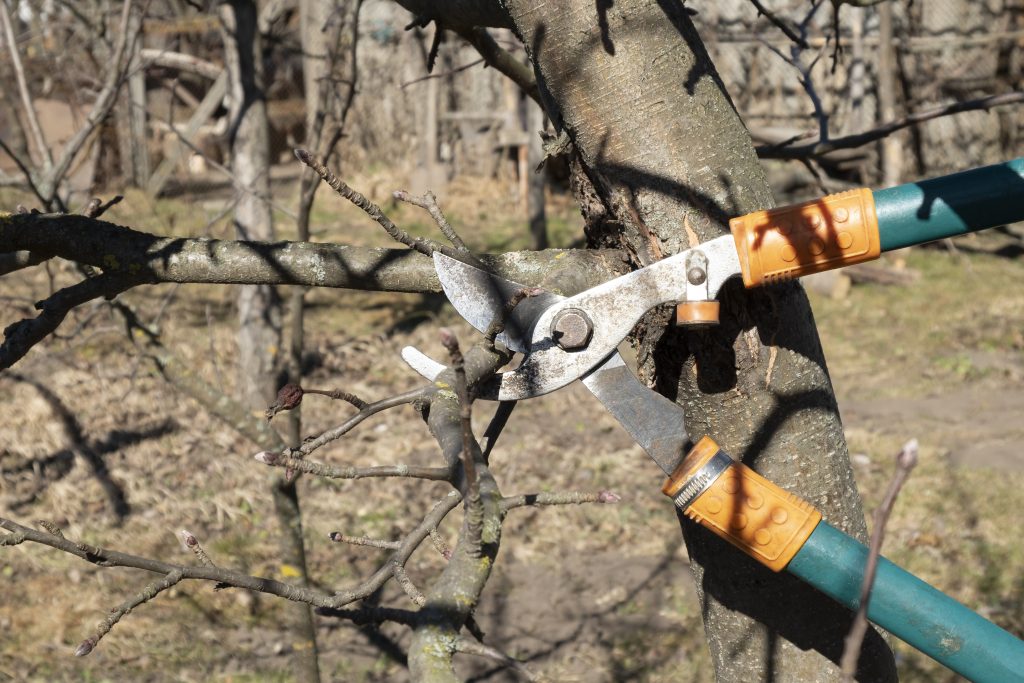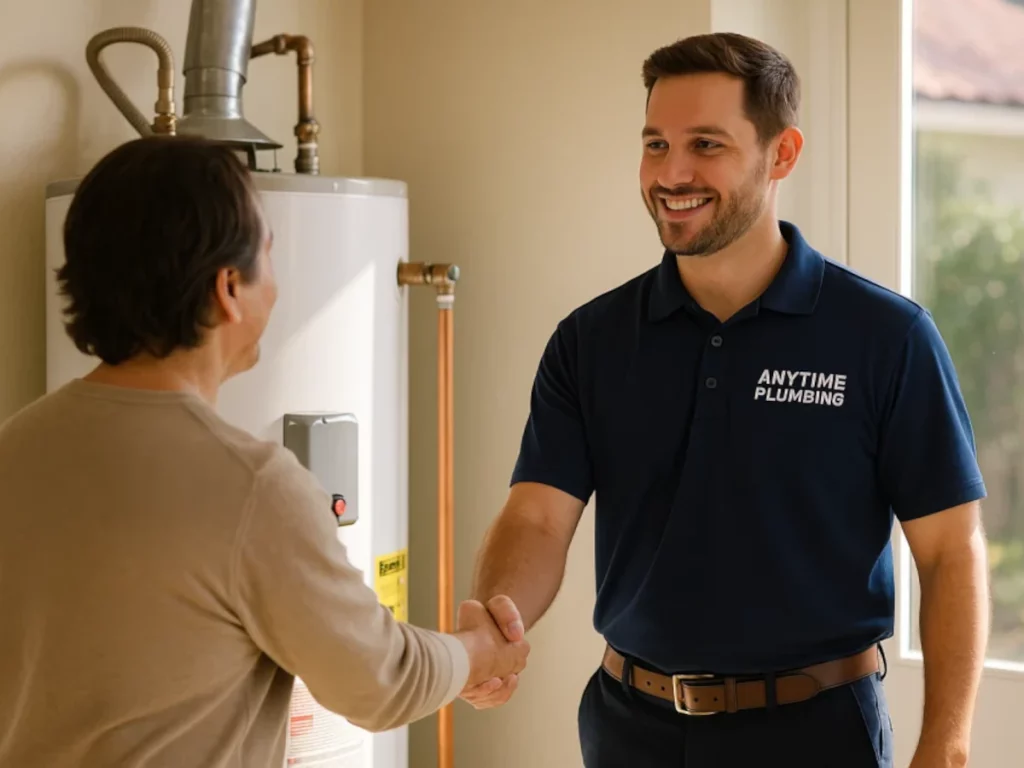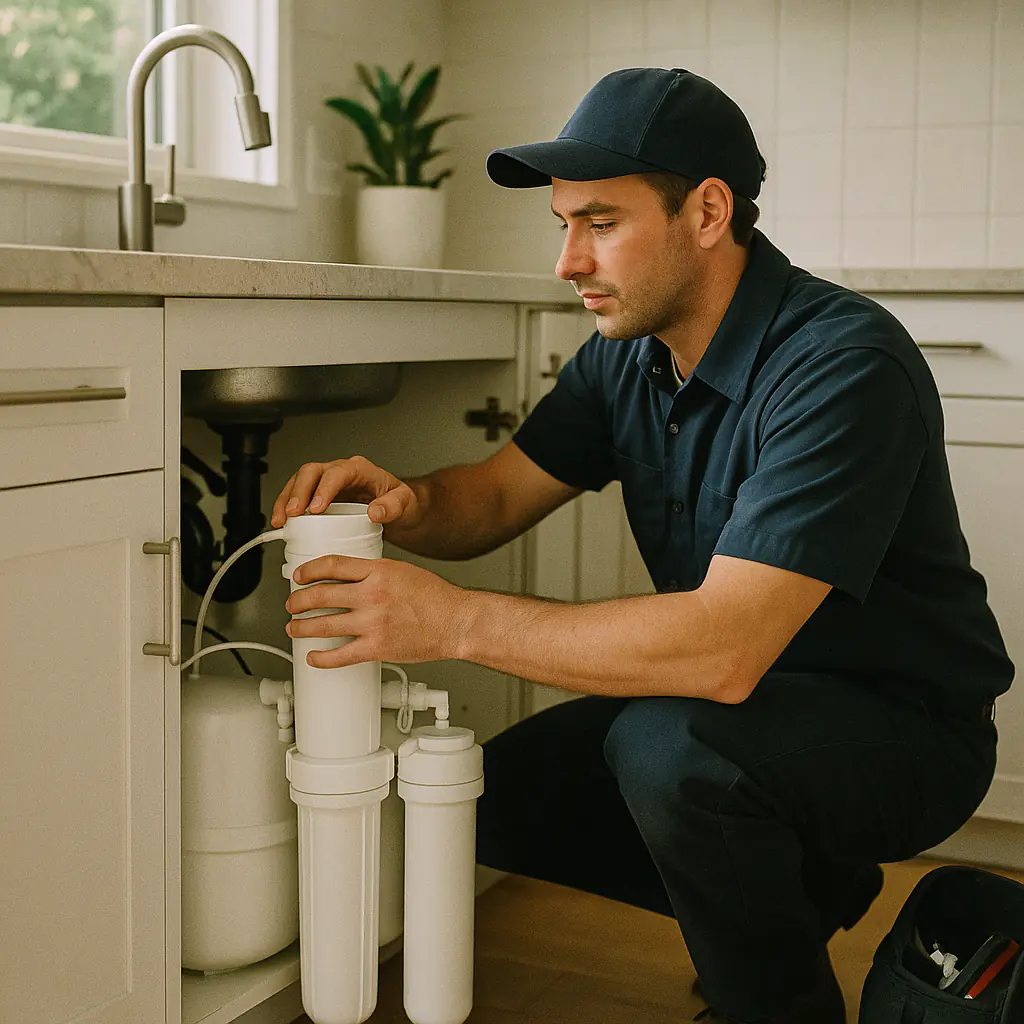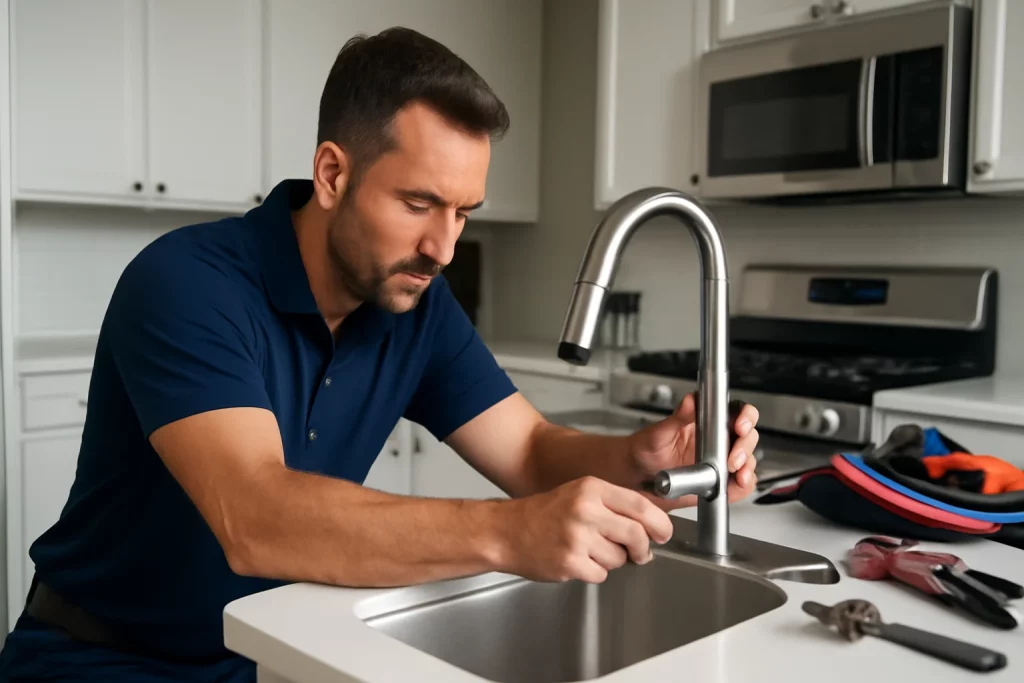Search For Mental Health Counselors
Finding a Good Therapist When Constantly on Business Travel
Business travel has a particular way of blurring the edges of life. Time zones shift, routines dissolve, and weeks can pass without a sense of grounding. For many professionals, the external markers of success—movement, momentum, productivity—mask an internal strain that builds quietly. When you’re constantly on the road, finding a good therapist can feel impractical or even impossible. In reality, it’s not only possible, it can be one of the most stabilizing choices you make. For more information visit: https://clearmindscounselors.com
Why frequent travel complicates mental health care
Traditional therapy assumes consistency: the same place, the same time, the same chair each week. Business travel disrupts all of that. Irregular schedules, unpredictable flights, and changing locations make in-person appointments difficult. Add long workdays, social fatigue, and limited privacy, and therapy can fall off the priority list.
There’s also the mental barrier. Many traveling professionals tell themselves they’ll “settle things later,” once the schedule slows down. Often, it doesn’t. Stress accumulates instead of resolving.
The goal, then, is not to force therapy into an old model, but to find a format that works with a mobile lifestyle.
Telehealth changes the equation
Telehealth has fundamentally reshaped access to therapy for people who travel frequently. With secure video sessions, therapy can happen from a hotel room, a home office, or anywhere you can ensure privacy and a stable internet connection.
Consistency becomes about relationship, not location. Seeing the same therapist regularly—even while your surroundings change—creates a psychological anchor. That continuity is especially important when work demands constant adaptation.
When searching for a therapist, look for someone who explicitly offers telehealth and is comfortable working with clients who have unpredictable schedules. Flexibility is a clinical skill, not just a convenience.
Licensing matters more than proximity
One of the most common misunderstandings about telehealth is assuming you can work with any therapist anywhere. In most cases, therapy is legally tied to the state where you are physically located during the session, not where the therapist lives.
This means a good therapist for a frequent traveler will:
- Be licensed in the state where you spend most of your time, or
- Hold licenses in multiple states, or
- Be able to advise clearly on how to remain compliant while traveling
A reputable therapist will be upfront about licensure boundaries and help you plan accordingly. Clarity here protects both you and the therapeutic process.
Look for therapists who understand high-demand lifestyles
Not every therapist is a good fit for someone whose life involves constant movement, pressure, and performance. You’ll benefit from someone who understands:
- High-responsibility roles
- Burnout and chronic stress
- Decision fatigue
- Work-life boundary erosion
- Identity tied closely to productivity
This doesn’t mean the therapist needs to share your profession. It means they respect the realities of your schedule and don’t pathologize ambition, travel, or leadership roles.
During an initial consultation, notice whether the therapist asks thoughtful questions about your work rhythm, travel frequency, and energy levels. That curiosity signals adaptability.
Privacy and environment are part of the work
One challenge of therapy on the road is finding a space where you can speak freely. Hotel rooms can work surprisingly well, especially with white noise, headphones, and a clear “do not disturb” boundary.
A good therapist will help you problem-solve privacy rather than dismissing it. Therapy doesn’t require perfection; it requires intention. Even imperfect consistency is better than none.
What “good” therapy looks like for travelers
Effective therapy for someone who travels often tends to be:
- Structured but flexible
- Focused on regulation, not just insight
- Attentive to sleep, routine, and stress cycles
- Practical, with tools you can use between sessions
- Grounded in a steady therapeutic relationship
Progress doesn’t come from having ideal conditions. It comes from showing up honestly, even when conditions are messy.
Making therapy sustainable
To keep therapy from becoming another obligation, choose a pace that fits your life. Some travelers benefit from weekly sessions; others do better biweekly with check-ins during heavier travel periods.
The key is collaboration. Therapy works best when it adapts to your life instead of competing with it.
A final perspective
Constant travel can create a sense of floating—never fully landing anywhere, including inside yourself. A good therapist provides a psychological home base, a place where reflection and steadiness are possible no matter where you are physically.
You don’t need to stop traveling to care for your mental health. You just need support designed for motion, not stillness. For more information visit: https://clearmindscounselors.com

